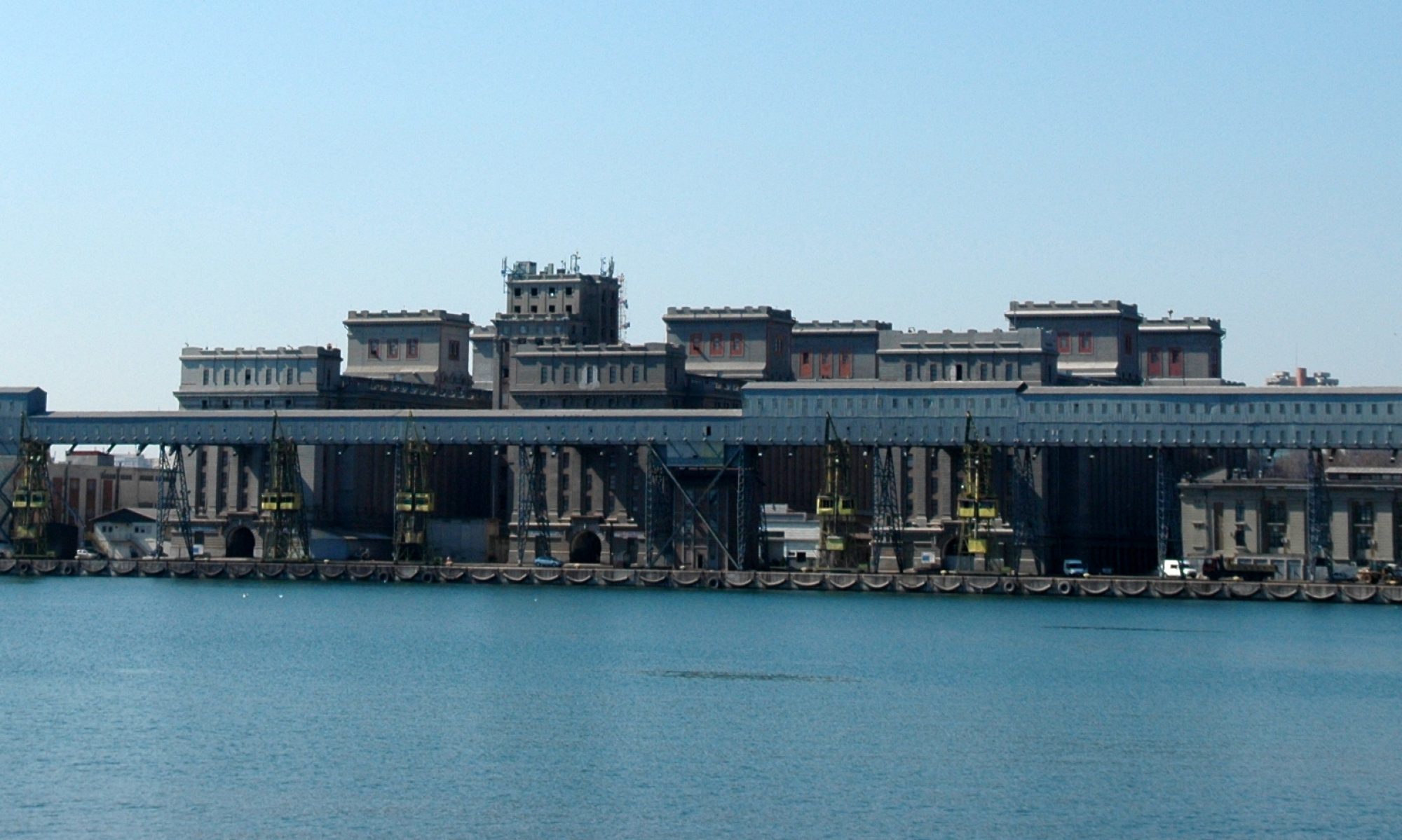Jaipur, the pink city, was built in the 18th century, as the new capital of Rajasthan. Jaipur panorama here
Its founder, Sawai Jai Singh II, succeeded to the throne of Amber in 1700 at the age of thirteen. Abandoning it as a capital, he founded the city of Jaipur in 1727.
 Maharaja Sawai Jai Singh II ca. 1725 Jaipur. British museum
Maharaja Sawai Jai Singh II ca. 1725 Jaipur. British museum
Building Jaipur from scratch, Jai Singh seized the opportunity to plan the whole town according to the principles of Hindu architectural theory. Jaipur streets were planned to go, according to vedic principles for comfort and prosperity (Shilpa Shastra), East to West and North to South.
The pearl, right across from the Royal Palace, on the place where the temples would normally be located: the astronomical observatory, as one of five built in west central India between 1727 and 1734. (Delhi was first, followed by Jaipur one year later, then Mathura-now destroyed, last were Ujjain and Varanasi/Benares).
Sawai Jai Singh II had been commissioned by Emperor Muhammad Shah to make corrections in the astronomical tables and to confirm the data, already available on the planetary positions. He took seven years to finish the task.
The maharajah had sent his envoys thorughout the world to gather astronomical data available in the world. They came back with huge amounts of data: descriptions by Prince Ulugh Beg (1394-1449), who had built the most famous of the time in Samarkand, manuals by La Hire, Tycho Brahe, as well as texts by John Flam Steed, which were all used as source for the construction.
The observatory, in the end, turned out to be more accurate than the tables it was built after and Sawai Jai Singh II published his book of tables to correct the known ones of that time by 1723. He built the first stone observatory in 1724 in Delhi. The Jaipur observatory of Rajasthan was built in 1728.
Early Greek and Persian observatories contained elements that Jai Singh incorporated into his designs, but the instruments of the Jantar Mantar are more complex, or at a much greater scale than any that had come before, and in certain instances, are completely unique in design and function.
Its name, pronounced as ‘Yantra Mantra’, comes from the Sanskrit words yantra for instrument and mantra for formula, meaning, literally, ‘instrument for calculation’.
It’s instruments are large scale in order to obtain more accuracy in astronomical calculations by minimizing potential errors.
The Jaipur observatory consist of 14 major geometric devices for measuring time, predicting eclipses, tracking stars’ location as the earth orbits around the sun, ascertaining the declinations of planets, and determining the celestial altitudes and related ephemerides.
The instruments
The Samrat Yantra/Yantra Raj, the largest instrument, is a sun dial of 27 meter height.
Its shadow tells the time of day with an accuracy of about two seconds and moves visibly at 1 mm per second, or roughly a hand’s width (6 cm) every minute.
The Hindu chhatri (small domed cupola) on top is used as a platform for announcing eclipses and the arrival of monsoons.
It’s outer circle shows divisions for the 24h, of 6 fractions each, whereas the inner circle is divided in 360°, each of 6 subdivisions.
The ramp of the Small Sundial (Laghu Samrat Yantra) points right to the North Pole, so one can read the exact time in Jaipur on its marble divisions on the sides. detailed info here
The Kapali Yantra device consists of a hollowed out hemisphere of marble with markings on its surface ‘Crosswires were stretched between points on their rim. From inside the sphere, an observer could align the position of a star with various markings or a window’s edge. The structure is based on concepts dating to as early as 300 B.C. when the Greco-Babylonian astronomer Berosus is said to have made a hemispherical sundial. more here.
Hemispherical dials also appear in European Church architecture during the Middle Ages, and at the observatory in Nanking, China in the late 13th-century.‘ But it is smaller and less practical than the Jai Prakash described below, as it is unique, not coupled and you cannot walk through it.
Jai Prakash Yantra or Mirror of Heavens
may well be Jai Singh’s most elaborate and complex instrument and its invention is atributed to the maharajah himself.
Narivalaya Yantra is another sundial for measuring the local solar time at the latitude of Jaipur. There are actually two paired instruments, one for use in winter (when the sun is in the southern hemisphere) and the other for use in summer, when the sun is in the northern hemisphere. Its faces are parallel to the equator, inclined 27°, which coincides with Jaipur’s latitude.
The gnomon/ iron rod being perpendicular on each of these masonry dials, is therefore parallel to the Earth’s axis, pointing to the south pole (for the winter instrument) or the north pole (for the summer instrument). Local solar time is read off from the angular position of the gnomon’s shadow on the dial.
Other instruments include the Ram Yantra whose primary function is to measure the altitude and azimuth of celestial objects, including the sun, (according to the height of the shadow, cast by the gnomon). In the Islamic and Hindu schools of astronomy there were no insturments like the Ram Yantra prior to Jai Singh’s creations. Height and radius of this instrument are the same.
The Rashivalaya Yantras – the Zodiac
In the Rashivalaya Yantras, each of the 12 instruments is associated with one of the 12 signs of the zodiac.
